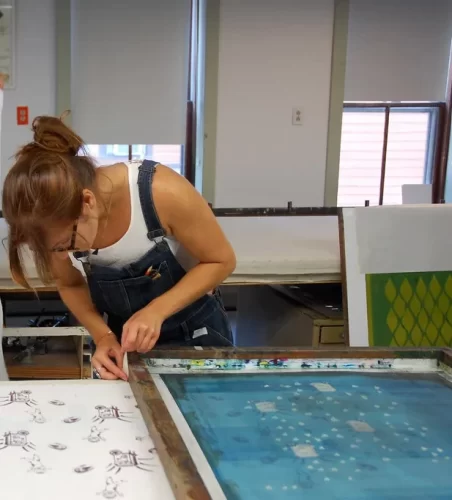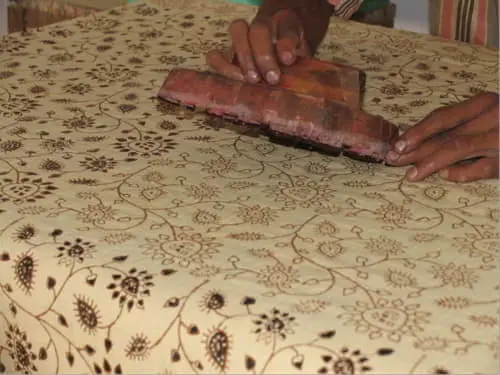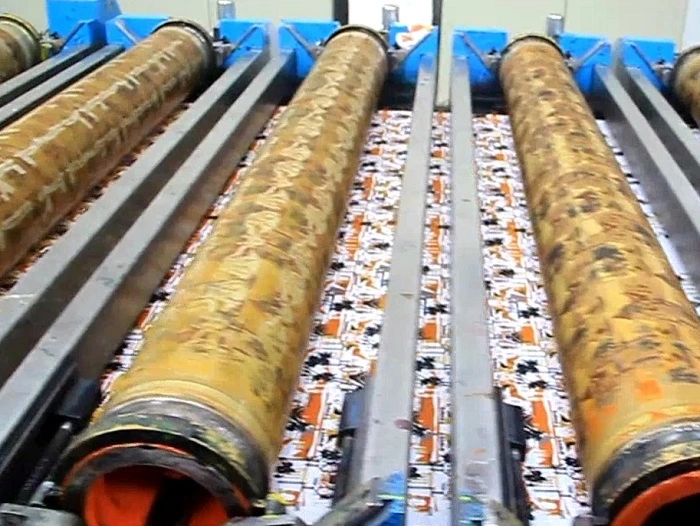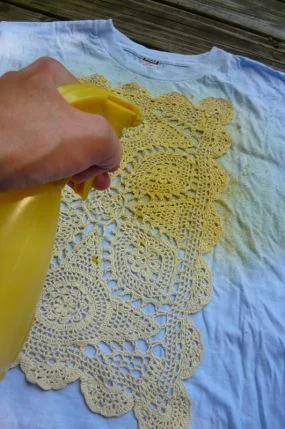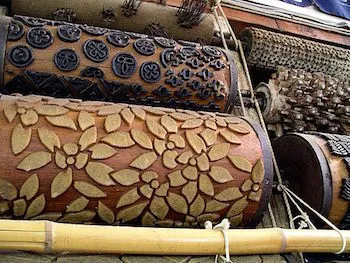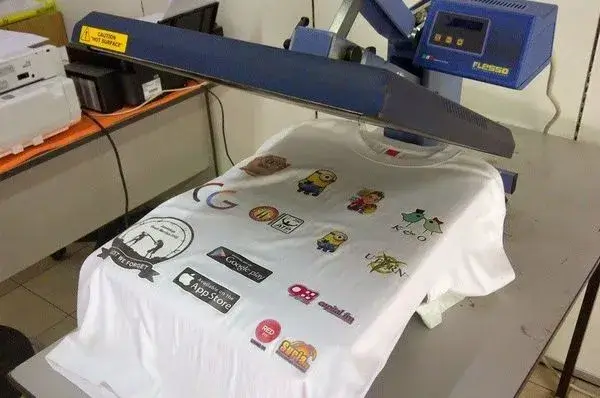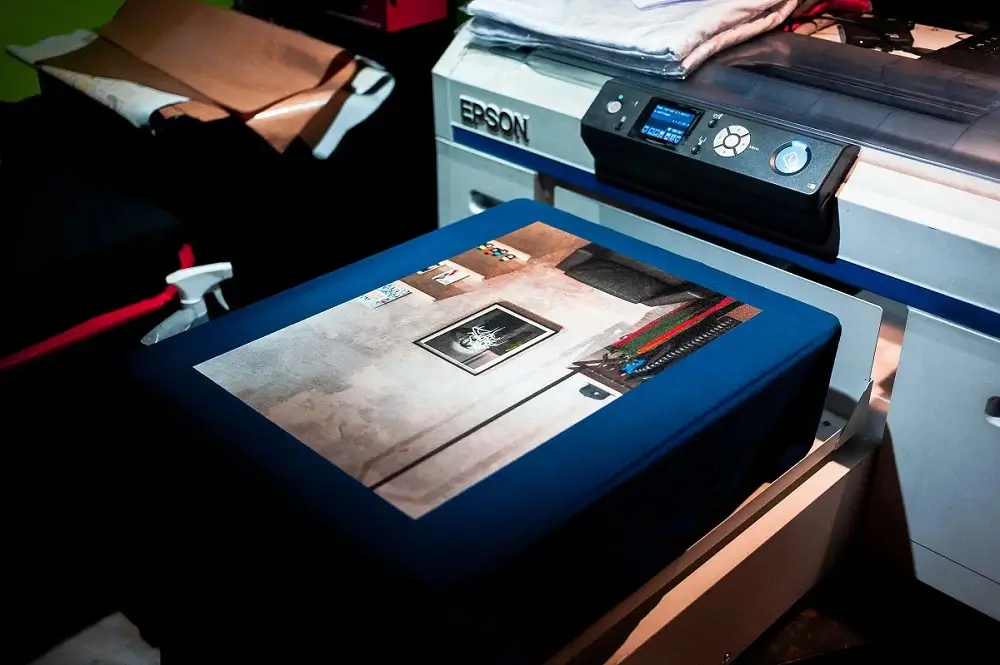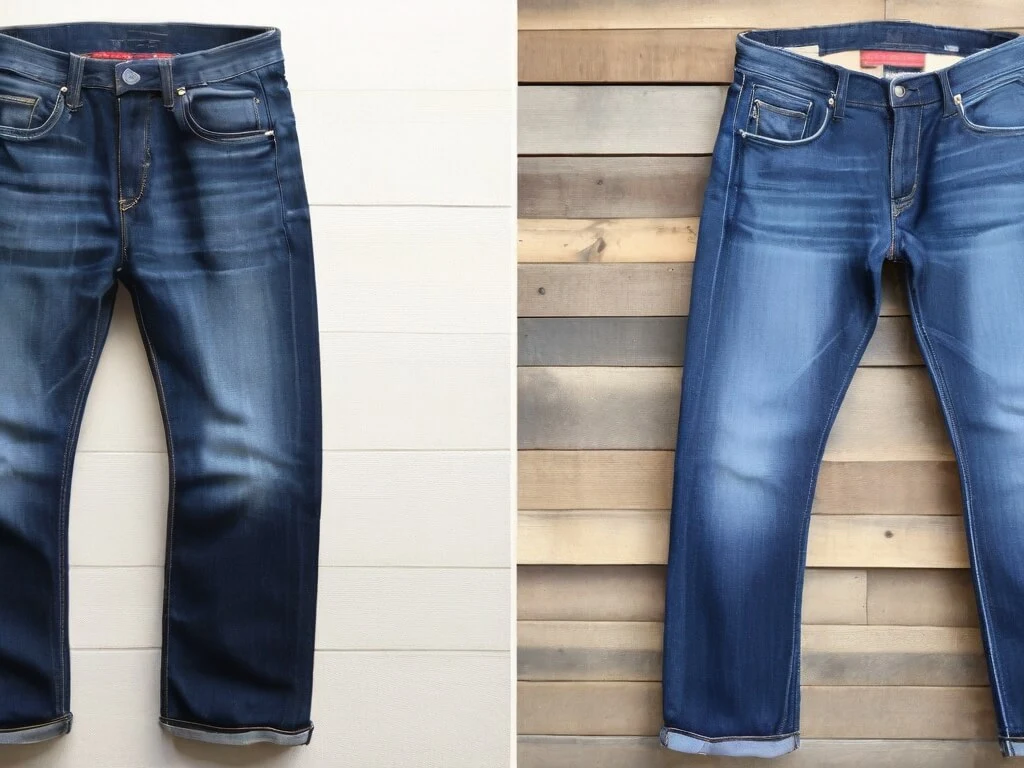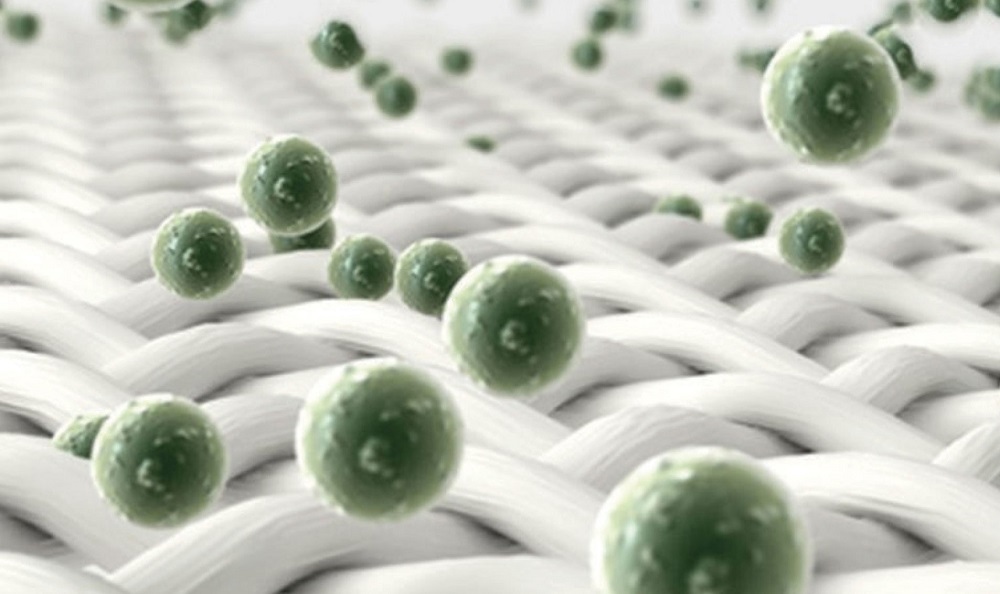What is textile printing? Textile printing through time
The word “printing” is a Latin word meaning “pressing” and implies techniques with “pressure”. Textile printing is the process of applying color to fabric in definite designs and patterns. Textile printing is one branch of Textile wet processing. Also, it is a branch of wet processing, which is carried out after the pretreatment of fabric or after dying. Unlike dying, printing patterns are usually printed only on one side of the fabric. So, in printing concentrated dye paste or pigment is applied to fabric on one side, and the dye is fixed at an elevated temperature (through steam drying). Then the excess paste and thickener are removed through washing. So, different dyestuffs and chemicals are applied with different printing methods to the surface of the fabric.
Textile printing is a process of fastening color to fabric in definite designs and patterns. In dying fabric color is bounded in fiber in a uniform with one color. While in proper printing dye paste is applied on the fiber to resist washing friction. In printing, more colors are applied to certain parts of the fabric to get a sharply defined pattern, called localized dyeing. The locally or discontinuously applied pigment or dyes.
Comparison between printing and dying
Although dying and printing are the same as the color process of fabric using the same classes of dyes, however, chemicals may differ according to their requirement. Some different aspects are:
| Printing | Dying |
|---|---|
| 1. Single or multicolor application. | 1. Single color application only. |
| 2. Color on one side of the fabric at selected portions only. | 2. Uniform application and penetration on the sides of the fabric surface and into fabric fibers |
| 3. Dyes are used in paste form. | 3. Dyes are used in dilute form. |
| 4. Full-bleaching with an optical whitener is necessary for fabric preparation. | 4. Half bleaching is required for fabric preparation. |
| 5. Color is applied only on the surface side. | 5. Color penetrates through fiber capillary action in the fabric. |
| 6. It is a continuous process. Therefore requires less time. | 6. Dying is done in batch form, time-consuming. |
| 7. Dry fabric should be used. | 7. Fabric need not be dry. |
| 8. Requires complex machinery and process. | 8. Requires a single machine, also, the process is simple. |
| 9. Consumes very little water in printing. | 9. Water consumption is high. |
| 10. Environmental sustainability is high as compared with dying. | 10. Less environmentally sustainable. |
Origin of textile printing
The woodblock printing technique used for printing text, images, or patterns is widely used in East Asia and may be in China as the method of printing textiles and later paper. The Chinese developed an early form of screen printing around 221 BC. This screen printing technique eventually spread to other parts of Asia. Also, it played a significant role in the spread of printing techniques. The ancient Egyptians believed to have wooden blocks to print on fabric as far back as the 4th century.
Indian artisans mastered the art of block printing on cotton and silk fabrics in the 12th century. Also, this technique remains popular today. Textile printing is known in Europe throughout the Islamic world and is widely used. However, European dyes tend to run. It restricted the use of printed patterns and designs. So, large and ambitious designs were printed for wall hanging and lectern cloth. The area where was less problem as they did not need to washing. When paper was common the technology was rapidly on wooden cut print. The art of Indian block printing was celebrated for its fine craftsmanship, and also the use of natural dyes.
Textile printing in the rest of the world
Textile printing reached Europe through trade routes and cultural exchanges in the 12th century. During the Medieval period printing on textiles gained popularity. So, cities like Florence and Venice became the main fabric printing at that time.
A traditional textile printing method, Indonesian batik printing has a history that dates back over a thousand years. Batik is a printing technique of applying wax to fabric to resist some portion of dye. Ankara fashion is still popular due to this ancient technique. So, creating intricate patterns and designs. Indonesian batik has cultural significance and artistic value. During the Renaissance period, Europe saw deep interest in textile printing and their design became popular. They used different printing techniques including wooden block and copperplate printing to create intricate designs. During the last of the 17th century French brought printing directly by sea, from their colonies on the east coast of India. Indian blue and white resist prints and process along with them which they have been produced washable fabrics.
During the industrial revolution in the 18th and 19th centuries leading to the mechanization of textile printing, new methods such as roller printing were introduced and used on a large scale. The 20th and 21st centuries have witnessed the continued evolution of textile printing. Advances in technology, such as digital printing, have revolutionized the industry. So, this allows for highly detailed and customizable designs on a wide range of fabrics. Also, today traditional techniques used with cutting-edge technology in the textile printing industry have become an integral part of fashion, interior design, and artistic expression.
Early textile printing methods
- Early textile printing methods were stencil work, and block printing highly developed by Japanese artists. Block printing methods use a wooden, copper, or other material having a design and dye paste applied to the surface of the block and pressed against the fabric. However, a separate block is used each time for different colors, and a pitch pin at the corner to guide the perfect placement of the the block. Also, this pin can ensure a perfect repeating pattern.
- In cylinder or roller printing developed in 1785, the fabric is passed in a rotating cylinder and pressed in rollers series and color bath for each roller. Also, the design is engraved on a copper roller by hand, or photoengraving method. the color paste being scraped with knives.
- A more recent one is screen printing. This is a hand method and is preferred for large patterns with outlines. Since, in it screen of each pattern is laid on fabric, the color paste is spread and pressed by a wooden squeegee.
- Spray screen method in which color in a gun is sprayed on the screen by spray.
- In certain cases, cloth is painted by pen with dyes and mordant.
- Direct printing is practiced all over the world where bleached cotton or silk fabric is printed with carved wooden blocks.
Common styles of textile printing
- Direct Printing: In direct printing, the color pattern is printed directly from dyes or pigments onto textile material. Also, dyes, thickeners, and mordants are necessary for fixing color.
- Transfer Printing: In transfer printing, a design is first printed on flexible a nontextile substrate as paper and then transferred onto fabric.
- Discharge Printing: In discharge printing, chemicals may be bleaching agents used on previously dyed fabric. Then this dye is removed according to the pattern as some areas looked like printed patterns.
- Resist Printing: In resist printing, a paste of waxes is applied on fabric which prevent to access of dyes in those places, so, these areas are called resist area. In the resist area dye is not absorbed. These waxes are removed in a later process of washing leaving behind a unique pattern. Batik and tie and dye are examples of this type of fabric printing.
If you are looking for types of textile printing, which is a subject itself, check out the post “Types of Printing-8 Best Textile Printing Techniques“
